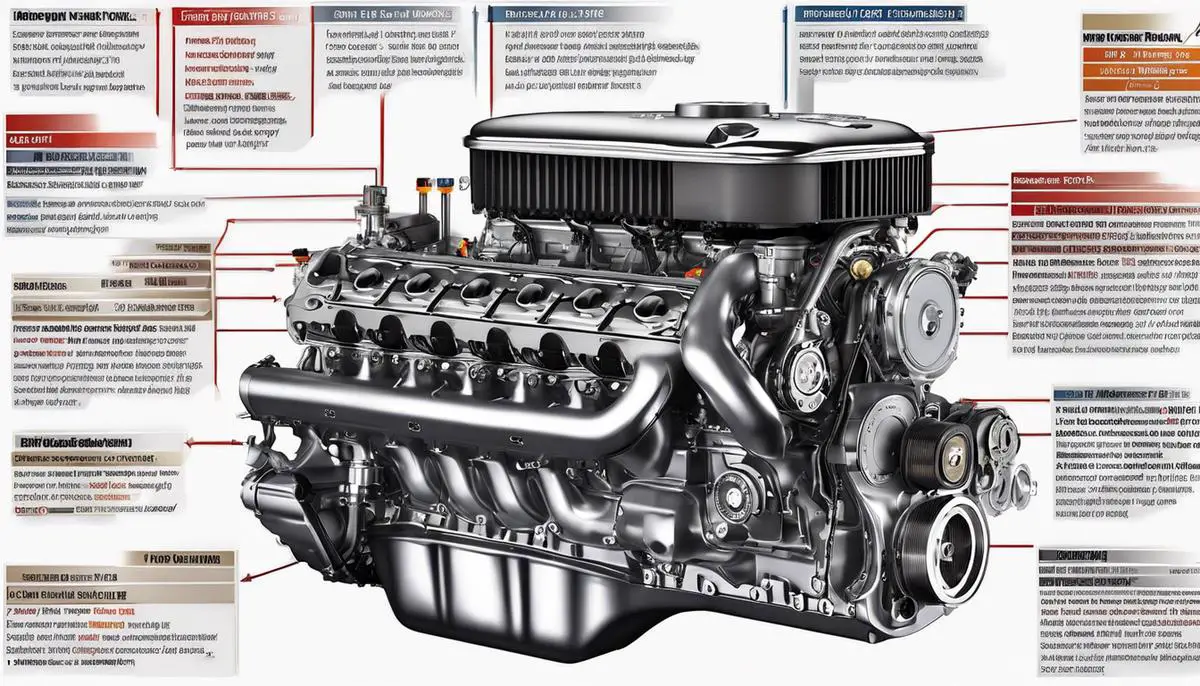In the world of automobiles, engine specifications have a crucial role in determining fuel efficiency, thereby impacting both your wallet and the environment. Grasping these technical details can often seem challenging for the everyday driver, but don’t worry! This discussion aims to break down complex jargon into understandable terms, exploring essential factors like engine size, engine type, horsepower, torque, and more. We will delve into how these components and various engine configurations influence fuel economy. Furthermore, we will investigate how modern technology and our driving habits can affect fuel efficiency. Ultimately, the goal is to provide practical suggestions on selecting the right engine specs and driving behaviors to optimize fuel efficiency.
Contents
Understanding Basic Engine Specifications
In the world of technical and mechanical hobbies, nothing is quite as exhilarating as getting under the hood to understand the workings of an engine. From the roar of its personality when starting up, to the powerful thrust propelling a vehicle forward—the complexity and synergy of an engine sparks curiosity. Let’s delve into the basics of engine specifications and how they work.
At its core, an engine is a sophisticated power producing machine. Cars, trucks, motorcycles, boats — you name it — almost all powered vehicles operate by engines. Engine specifications, often referred to as “specs,” define the key attributes of an engine. These specs include displacement, cylinder layout, engine layout, power output, torque, compression ratio, and fuel delivery. Understanding these fundamentals gives one the blueprint of just what makes an engine tick.
Displacement, measured in liters or cubic centimeters (cc), provides insight into the engine’s size. Larger displacements typically mean more power as there’s a bigger space for air-fuel mixture—this, in turn, creates a bigger bang during combustion. It’s crucial to note, though, power isn’t only about size. Combustion efficiency, cylinder count, and the engine’s design play significant roles too.
Cylinders are the crucial power-generating components within the engine. Their layout impacts the engine’s balance, performance, and smoothness. Common types include
- inline (all cylinders arranged in a line), V (two banks of cylinders at an angle), flat or boxer (two banks of cylinders horizontally opposed), and W (three rows of cylinders creating a W shape).
Engine layout refers to where the engine is located in a vehicle and which wheels it powers. The choices are
- front-engine/front-wheel drive (FF), front-engine/rear-wheel drive (FR), rear engine/rear drive (RR), and finally all-wheel drive (AWD) or four-wheel drive (4WD) where all wheels receive power.
Power output, measured in horsepower (hp), directly relates to the engine’s performance. It gauges the rate at which the engine does work. More horsepower equates to more speed.
Torque, measured in pound-feet (lb-ft) or Newton-meters (Nm), is the rotational force the engine produces. High torque means an engine can pull with more force, vital for towing and hauling. And when paired with high horsepower? High levels of exhilarating, on-demand acceleration.
The compression ratio (a more advanced spec, yet essential) is the mathematical relationship between the cylinder’s volume at the bottom of its stroke, and the volume at the top. Higher compression ratios mean more power and fuel efficiency, but require better fuel quality to prevent engine knocking.
Lastly, fuel delivery defines how fuel gets to the engine. Older vehicles typically use carburetors; modern ones use either direct injection (fuel is injected directly into the combustion chamber) or port fuel injection (fuel is sprayed into the intake port). Both methods have pros and cons, with direct injection often providing superior fuel atomization and efficiency.
Understanding engine specifications not only allows one to appreciate an engine’s sophisticated engineering but can also guide vehicle selection based on power, speed, fuel efficiency, and smoothness preferences. So, the next time you peek under the hood of a vehicle, remember, you’re gazing upon an intricate world of mechanical interplay that shapes the very character and performance of your ride.
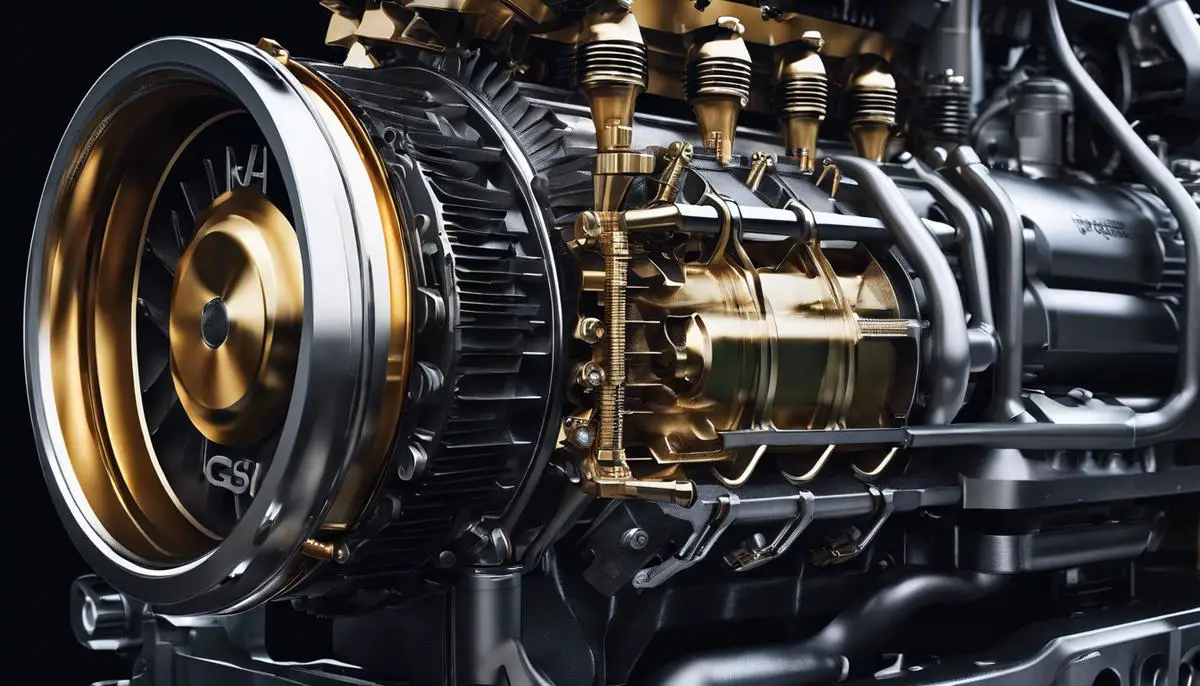
Engine Configuration and Fuel Economy
Fuel Economy and The Effects of Engine Layout and Design
When it comes to the interactions between engine design and fuel economy, many factors play a significant role. Each aspect of the engine’s configuration is constructed with fuel efficiency, power delivery, and overall performance in mind.
Firstly, the configuration of the cylinders has a significant impact on fuel economy. Straight, V, or flat layouts each offer different advantages when it comes to fuel consumption rates. For example, the ‘V’ cylinder layout, often used in powerful sports vehicles, offers substantial power but generally at the expense of fuel efficiency.
Straight, or inline engines, mostly found in economical and compact cars, generally favor fuel economy. This layout offers less power than the ‘V’ design but delivers smoother operation and requires fewer parts, reducing the chances of mechanical failure and maintenance costs. Thus, a car with a straight engine setup may offer more miles per gallon.
The ‘flat’ or ‘boxer’ layout is another compelling design. Known for its unique ability to balance weight and decrease engine vibration, it provides a robust performance without sacrificing as much fuel efficiency as the V engine. It is, however, more expensive to manufacture hence its use primarily in premium models.
When we talk about engine design, we also have to consider valve timing. Variable valve timing (VVT) systems, which adjust the timing of the intake and exhaust valves, are an increasingly common feature in modern engines. By providing optimal valve timing for different running conditions, VVT systems help to reduce fuel consumption and emissions, especially at lower speeds.
Similarly, innovations in fuel injection technology have a significant impact on fuel economy. Direct fuel injection, which delivers fuel directly into the combustion chamber, provides more precise control over fuel distribution, leading to increased efficiency and power.
Other crucial design aspects include the engine’s weight and aerodynamics. Engines that are lighter or have smoother design elements can reduce drag, helping to boost a vehicle’s fuel efficiency.
Lasty, turbochargers can improve the fuel economy of an engine. These devices work by forcing more air into the combustion chamber, allowing the engine to burn fuel more effectively and deliver more power from every explosion within the cylinder. This design allows for smaller, more fuel-efficient engines without sacrificing power.
In conclusion, engine configuration and design play crucial roles in the overall fuel economy of a vehicle. As technology continues to evolve, these design elements continue to be refined, leading to ever more efficient engines that offer an excellent combination of power and fuel economy.
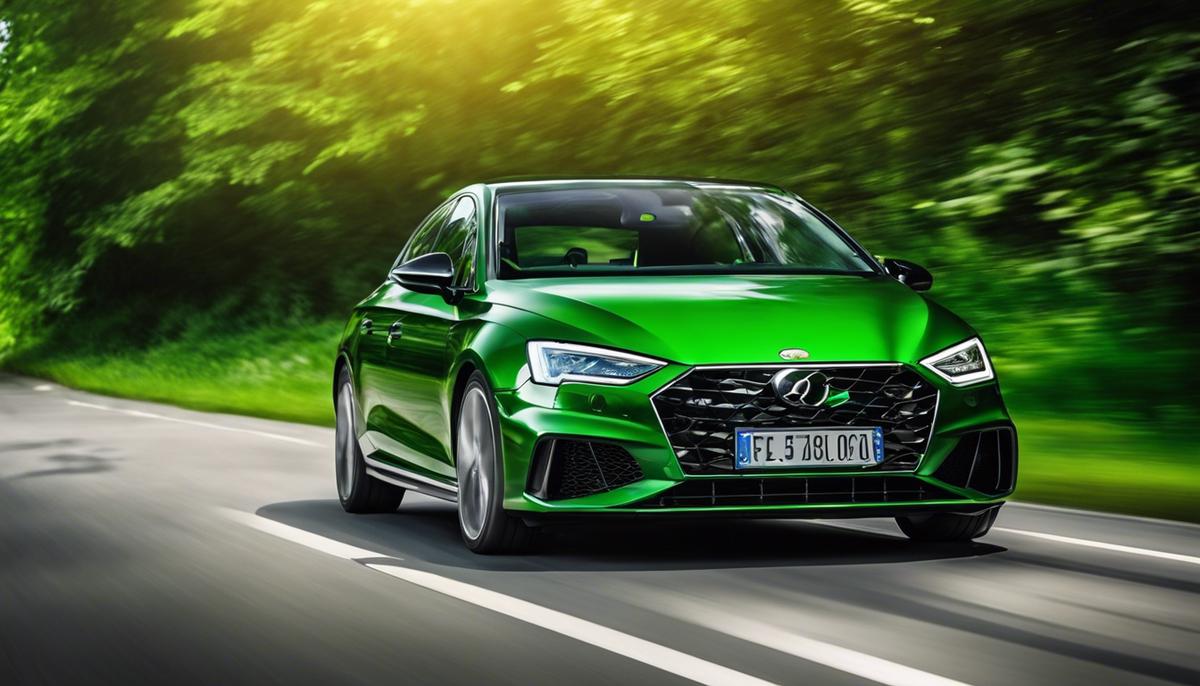
Role of Technology in Fuel-Efficient Engines
Advancing Auto Tech: Fuel Efficiency Like Never Before
We live in an era marked by technological advancements, and nowhere is that more evident than in the evolution of fuel efficiency in vehicles. From innovative cylinder configurations to intelligent valve timing systems, these advancements have greatly impacted fuel economy, saving drivers fuel cost and reducing emissions.
Cylinder arrangements have definitely played a significant role in fuel economy. You might have noticed some cars are labeled as “inline,” others as “V” or “flat,” – these refer to the configuration of the cylinders in the vehicle’s engine. Why does the configuration matter, you ask? It’s all about balance and fuel efficiency.
Without delving into repeated ideas discussed earlier, just know that altering the layout of the engine components can distribute weight and balance differently, thus altering fuel consumption. For example, ‘Inline’ engines, wherein cylinders are arranged in a straight line, are known for simplicity and smoothness, offering better fuel management when compared to ‘V’ engines with cylinders arranged in a ‘V’ shape. However, with ‘V’ engines, they deliver more power and performance, but often at the cost of consuming more fuel.
Next up is Valve Timing – and here, we’ve seen true innovation. Variable Valve Timing (VVT) systems, for instance, have redefined engine performance. These intelligent systems alter the inflow and outflow of the engine gases depending on the engine speed, allowing better fuel efficiency. By controlling when the valves open and close in relation to the engine operations, VVT ensures optimal performance and minimized waste – a feat traditional valve systems struggled to deliver.
Fuel Injection technology has also seen a significant upgrade. Direct Fuel Injection, as opposed to previously used port fuel injection, takes fuel efficiency to another level. Rather than delivering fuel to the intake manifold like the older system, Direct Fuel Injection injects fuel straight into the combustion chamber. What this means for the average driver is less wasted fuel, more power when you need it, and most importantly, improved fuel economy.
And let’s not forget about engine weight and aerodynamics – because everything counts when boosting fuel efficiency. Lighter engines mean less weight to move, thereby burning less fuel. Similarly, streamlined vehicle designs minimize wind resistance, equipping cars to cruise smoothly and efficiently.
Lastly, one cannot miss mentioning turbochargers, an increasingly common feature even in everyday cars. Once limited to high-powered performance vehicles, turbochargers allow smaller, lighter engines to generate the kind of power once achievable only by larger engines. They do this by utilizing the engine’s exhaust gases to compress incoming air, allowing more fuel and air to enter the cylinders in each intake cycle. The result? More power output for each drop of fuel, leading to exceptional performance without compromising on fuel efficiency.
Technological advances continue to fuel the evolution of fuel efficiency. And while these changes have already had a palpable impact on our driving experiences, we can likely expect even more improved performance and efficiency in the future. As interactive technology and intelligent systems integrate further into vehicle design, truly, the best is yet to come!
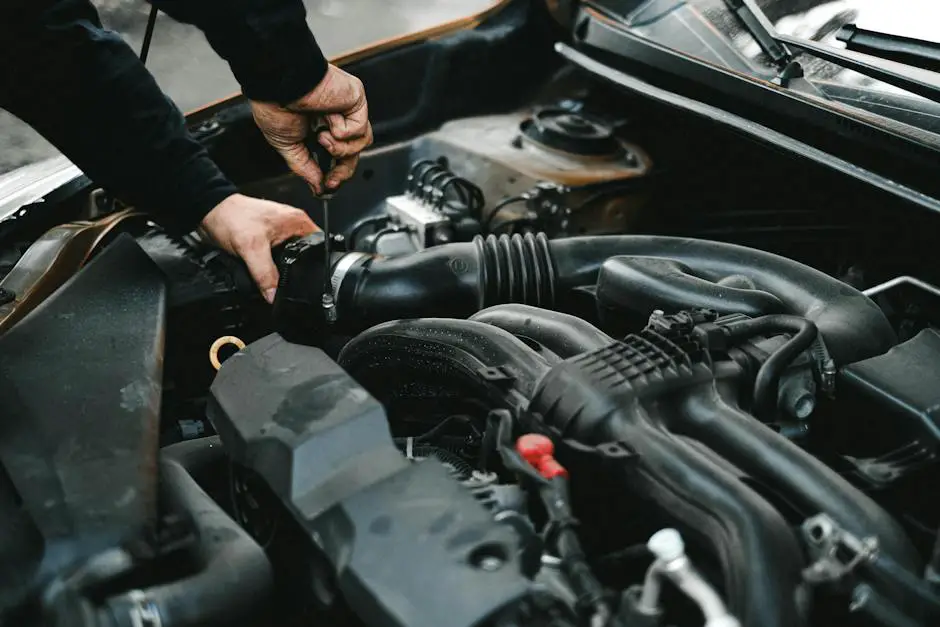
Effects of Driving Habits on Fuel Economy
Moving beyond the machinery that powers vehicles, the way an individual handles driving also becomes a factor in fuel efficiency. It’s kind of like going on a diet; besides the food you consume, your habits are equally critical. So, let’s survey these driving tendencies and how they can “slim down” your car’s fuel consumption.
Probably the most uncontested point is, ‘reckless driving wastes more fuel.’ Burning rubber might earn brownie points in some social circles, but it’s hardly appealing to your wallet or the environment. Consistently, hard acceleration and rapid stops take a toll on your gas tank.
Pitching the idea of ‘smooth driving,’ there’s something called the “20-second rule.” The concept has you aim for every change in the car’s acceleration or speed to occur over 20 seconds. By allocating that buffer, your car makes more efficient use of fuel. Plus, it’s a safer way to navigate the roads.
Then there’s the issue of idling – having your engine on without the vehicle moving. While it might seem benign, it turns out, this is a big gas-guzzler. A lot of us have this habit of leaving our engines running while waiting, thinking that starting up uses more fuel. Contrary to that, if you’re idling for more than a minute, it’s more fuel-efficient to turn the engine off and restart when needed.
Another interesting notion in the world of fuel efficiency is ‘gear shifting.’ Rather than revving up the engine in lower gears, changing up to a higher gear as soon as it’s safe to do can improve your mileage. Maintaining a lower engine RPM (Rotations Per Minute) for a given speed is a proven way to save gas. This principle is particularly crucial with manual transmissions, and it’s increasingly gaining relevance in modern automatics.
Maintaining consistent speed also ticks the box for improved fuel efficiency. Expanding on that, here’s where the misunderstood concept of ‘cruising’ steps in. Cruising is the act of maintaining a consistent speed over a long distance, utilizing cruise control when available. It has a pretty neat bearing on gas savings. Keep in mind, though, that this technique is prime for highways and not advisable for city roads with constant stops and starts.
Lasting, there’s the load factor. The more weight a car carries, the harder its engine has to work, leading to more fuel consumption. Re-evaluating what we keep in our trunks and backseats can sometimes lift a surprising amount of unnecessary weight.
So, changing our driving habits isn’t just about engine health; it also becomes a quest for efficiency. When you finely attune your driving style to the symphony of the road, you’re doing more than preventing unnecessary wear and tear on your vehicle – you’re optimizing the harmony of engineering and performance, every moment you’re on the move. It truly is about the journey and not just the destination.

How to Optimize Fuel Efficiency with Right Engine Specs
Engine Specs and Your Fuel Efficiency: An Unseen Connection
Engine specifications, also referred to as “engine specs,” are an integral conversation point among vehicle enthusiasts. They breathe life into our vehicles and play a crucial part in determining their fuel efficiency. However, while core concepts such as displacement, layout, horsepower, torque, compression ratio, and fuel delivery methods are important, we need to dig a bit deeper. So. let’s venture into more intricate specifications.
Cylinder Layouts and Fuel Economy
A seldom discussed aspect of engine specifications is the strategic impact of cylinder layouts on fuel economy. Sure, we’re aware of straight, V, and flat cylinder arrangements, but did we ever consider their role in mileage optimization? Different arrangements have different power generation tendencies, affecting fuel efficiency.
Variable Valve Timing and Fuel Economy
A key advancement in engine technology is Variable Valve Timing (VVT) systems. It’s a brilliant mechanism which alters the valve timing of the engine, hence optimizing both power output and fuel emissions. This essentially equates to better fuel efficiency under varying driving conditions.
Fuel Injection- Choosing the Right Technology
Fuel injection technology also plays a pivotal role in fuel economy. Specifically, direct fuel injection accurately delivers fuel into the combustion chamber, subsequently enhancing power output, overall performance, and, in turn, fuel efficiency.
Aerodynamics and Engine Weight- A Delicate Balancing Act
Taking the discussion beyond the engine, other factors such as aerodynamics and engine weight directly impact fuel efficiency. Superior aerodynamics and a lighter engine reduce the pull of gravity on the vehicle, leading to less fuel consumption.
The Power of Turbochargers
Turbochargers, a relatively recent innovation, significantly improve vehicle performance by increasing power and efficiency. They minimize the wasted exhaust energy exiting typical engines and repurpose it for improved power output and fuel efficiency.
Safe Driving Habits- The Silent Fuel Saver
Moving away from the hard specs, let’s bring up the rarely talked about “20-second rule” for smooth driving. It states that by maintaining a steady throttle and gradually adjusting speed, excellent fuel efficiency can be achieved. The difference is noticeable, rest assured.
The Weight of What You Carry
Load factor – another hidden energy-guzzler. The heavier the load your vehicle carries, the harder the engine works, and hence, the more fuel it consumes. By reducing unnecessary weight, better mileage can be achieved.
Cruise control, another neat feature, helps in maintaining a consistent speed, thus improving overall vehicle efficiency. And remember, turning off your engine instead of idling also contributes to fuel saving.
Shifting Gears to Fuel Efficiency
A mindful driver who shifts gears efficiently can significantly reduce fuel consumption. Mastering the art of gear shifting not only enhances the driving experience but also crosses over to better mileage.
Choosing the Right Vehicle
Among other tangible tips, conscious vehicle selection made with knowledge about these engine specs can immensely benefit fuel efficiency. After all, every little liter of saved fuel counts in the larger picture of vehicle performance and the environment.
The road to better fuel efficiency has more than one path, and with careful attention to these aspects of our trusty engines and how we use them, it’s possible to tick off more miles per gallon with every trip. From Variable Valve Timing systems to the careful art of gear shifting, we’re at the wheel of potential fuel-saving discoveries every time the ignition switch is turned. Never disregard the underlying specs of an engine; they are the silent contributors to a more economically streamlined driving experience. It’s time to drive smart and fuel-efficiently!
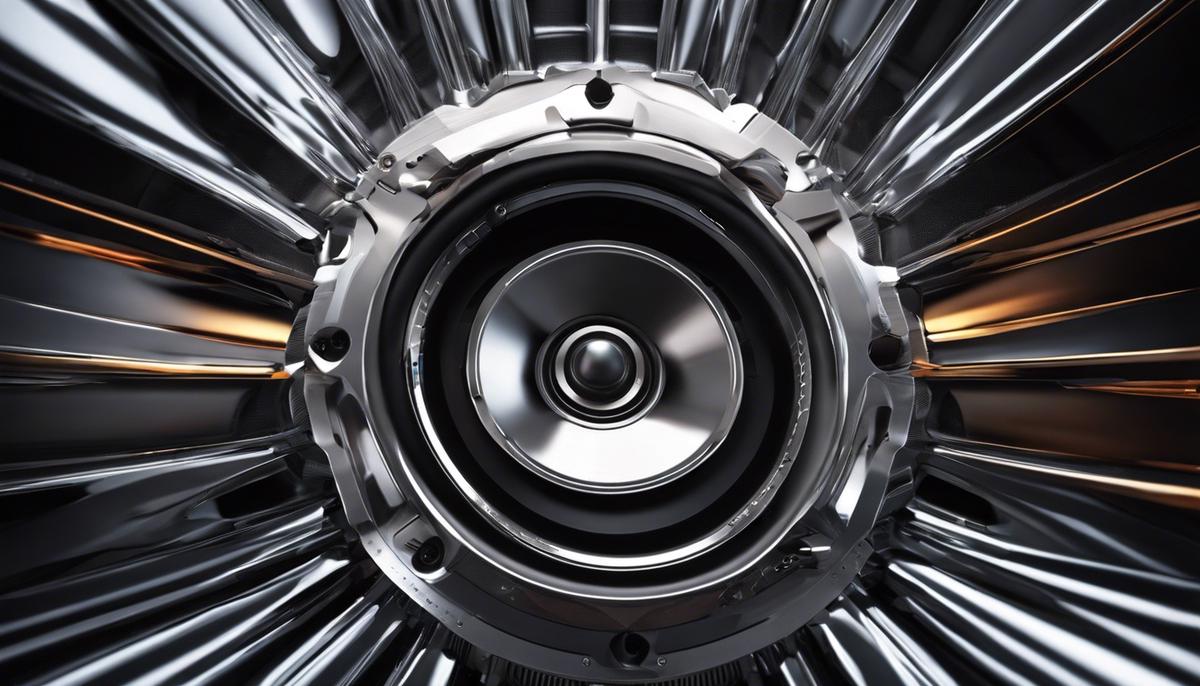
Gaining a detailed understanding of how engine specifications and driving habits impact fuel efficiency can help you make cost-effective and environmentally conscious decisions about your vehicle. Seeing beyond the performance and power, the knowledge about different types of engines, the role of automobile technology, and driving behaviors can guide you in selecting the right set of engine specs based on varying driving factors and conditions. Furthermore, it empowers you to adjust your driving habits ultimately, striking a fine balance between performance, power, and fuel economy. So, roll up your sleeves, get behind the wheel, and drive your way to a more fuel-efficient future.
